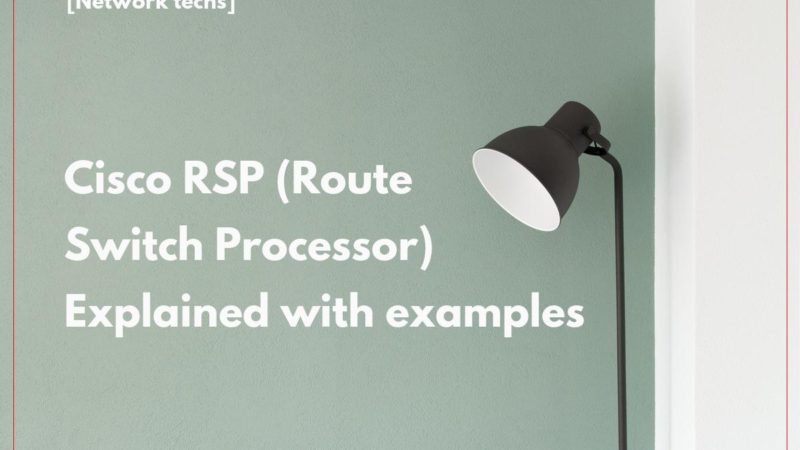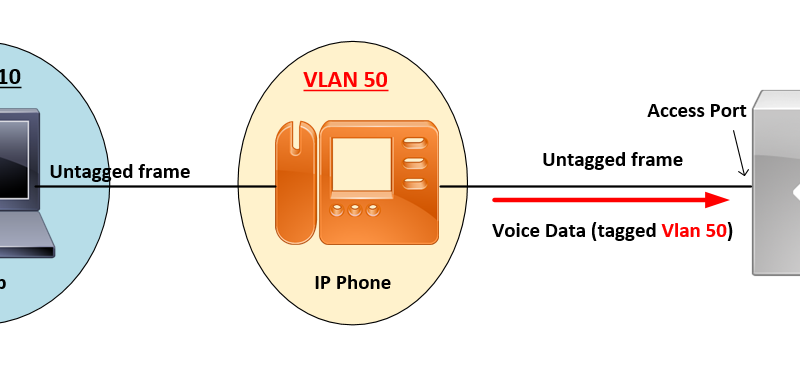Bridge Domain Interface (BDI): Explained & Configuration [Cisco IOS-XE]
![Bridge Domain Interface (BDI): Explained & Configuration [Cisco IOS-XE]](https://learnduty.com/wp-content/uploads/2022/01/image-3.png?v=1647900274)
This concept is very similar to BVI (which runs on Cisco IOS) but for devices running IOS-XE.
Below are some of the common terminologies used :
- Bridge domain represents a Layer 2 broadcast domain.
- Bridge domain interface is a logical interface that allows bidirectional flow of traffic between a Layer-2 bridged network and a Layer-3 routed network.
- Ethernet Virtual Circuit (EVC) is an end-to-end representation of a single instance of a Layer-2 service being offered by a provider to a customer. In the Cisco EVC Framework, the bridge domains are made up of one or more Layer-2 interfaces known as Service Instances. A Service Instance is the instantiation of an EVC on a given port on a given router. Service instance is associated with a bridge domain based on the configuration.
BDI Configuration use cases:
– Use case1: Fa0/1 on both the switches are Layer-3 interfaces and are in the same broadcast domain:
Note: BDI interface configuration on ASR is not required if the motive is to just establish connectivity between the two switches.

| ASR 1K: ====== interface GigabitEthernet1/2/3 no ip address negotiation auto cdp enable service instance 100 ethernet encapsulation untagged bridge-domain 100 ! interface GigabitEthernet1/2/4 no ip address negotiation auto cdp enable service instance 100 ethernet encapsulation untagged bridge-domain 100 | SW1: ===== interface FastEthernet0/1 no switchport ip address 10.1.1.1 255.255.255.0 | SW2: ===== interface FastEthernet0/1 no switchport ip address 10.1.1.3 255.255.255.0 |
We can verify by Pinging SW2 Interface Fa0/1 from SW1:
ASR1K#ping 10.1.1.3
Type escape sequence to abort.
Sending 5, 100-byte ICMP Echos to 10.1.1.3, timeout is 2 seconds:
!!!!!
Success rate is 100 percent (5/5), round-trip min/avg/max = 1/4/9 ms- Note:
If you want to route outside of the ASR, a Bridge Domain interface (BDI) configuration is needed. To do this, configure a Bridge Domain Interface on the router using: “interface BDI100” command.
Bridge Domain Interface Configuration:
ASR1K# conf t
ASR1K(config)#interface BDI100
ASR1K(config-if)#ip address 10.1.1.2 255.255.255.0– Use case2: Bridge multiple vlans between the two switches:
Configure separate Ethernet virtual circuits (EVC) under the physical interface for each of the VLANs. Bridge-domain is not supported under the sub-interface.
Here we have two VLANs. Vlan 100 and VLAN 200 to be bridged:
| ASR 1K: ======= interface GigabitEthernet1/2/3 no ip address negotiation auto cdp enable ! service instance 100 ethernet encapsulation dot1q 100 rewrite ingress tag pop 1 symmetric bridge-domain 100 ! service instance 200 ethernet encapsulation dot1q 200 rewrite ingress tag pop 1 symmetric bridge-domain 200 ! Exact same config under Gig1/2/4! interface GigabitEthernet1/2/4 no ip address negotiation auto cdp enable ! service instance 100 ethernet encapsulation dot1q 100 rewrite ingress tag pop 1 symmetric bridge-domain 100 ! service instance 200 ethernet encapsulation dot1q 200 rewrite ingress tag pop 1 symmetric bridge-domain 200 | SW1: ==== interface FastEthernet0/1 switchport trunk encapsulation dot1q switchport mode trunk interface Vlan100 ip address 10.1.1.1 255.255.255.0 interface Vlan200 ip address 20.1.1.1 255.255.255.0 | SW2: ==== interface FastEthernet0/1 switchport trunk encapsulation dot1q switchport mode trunk interface Vlan100 ip address 10.1.1.3 255.255.255.0 interface Vlan200 ip address 20.1.1.3 255.255.255.0 |
Ping int vlan100 and vlan200 on SW2 from SW1:
BGL.Q.16-3500-1#ping 10.1.1.3
Type escape sequence to abort.
Sending 5, 100-byte ICMP Echos to 10.1.1.3, timeout is 2 seconds:
!!!!!
Success rate is 100 percent (5/5), round-trip min/avg/max = 1/4/9 ms
BGL.Q.16-3500-1#ping 20.1.1.3
Type escape sequence to abort.
Sending 5, 100-byte ICMP Echos to 20.1.1.3, timeout is 2 seconds:
!!!!!
Success rate is 100 percent (5/5), round-trip min/avg/max = 1/2/9 ms
More about EVC: https://community.cisco.com/t5/networking-documents/understanding-ethernet-virtual-circuits-evc/ta-p/3108219
The equivalent of BDI (IOS-XE platform) in IOS platform is Bridge-group Virtual Interface (BVI)
you can check Bridge-group Virtual Interface (BVI) in the article below:



![OSPF DR and BDR Election Explained [with Configuration]](https://learnduty.com/wp-content/uploads/2022/03/image-33.png?v=1647900046)
![OSPF Neighbor Adjacency Requirements [With Configuration]](https://learnduty.com/wp-content/uploads/2022/03/image-23-418x450.png?v=1647900064)
![OSPF Neighbor States Explained [Step by Step]](https://learnduty.com/wp-content/uploads/2022/03/image-13.png?v=1647900076)
![OSPF Area Types Explained and Configuration [Demystified]](https://learnduty.com/wp-content/uploads/2022/03/image-8.png?v=1647900083)